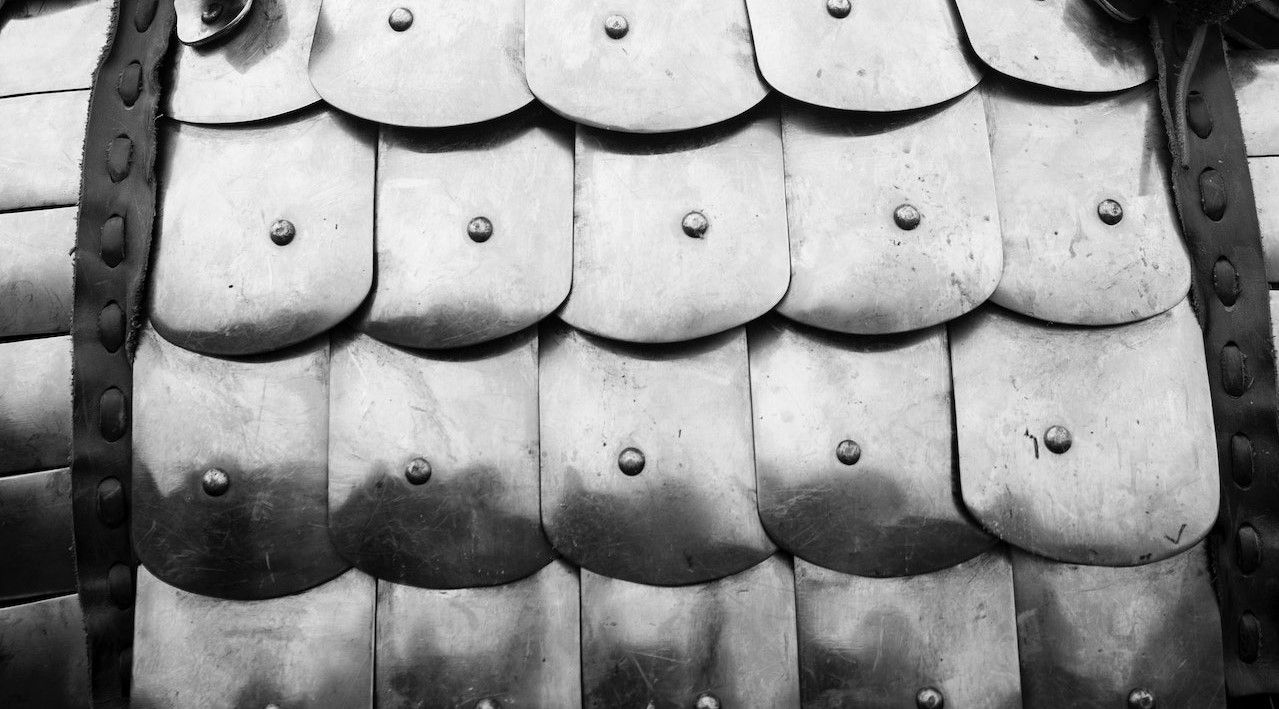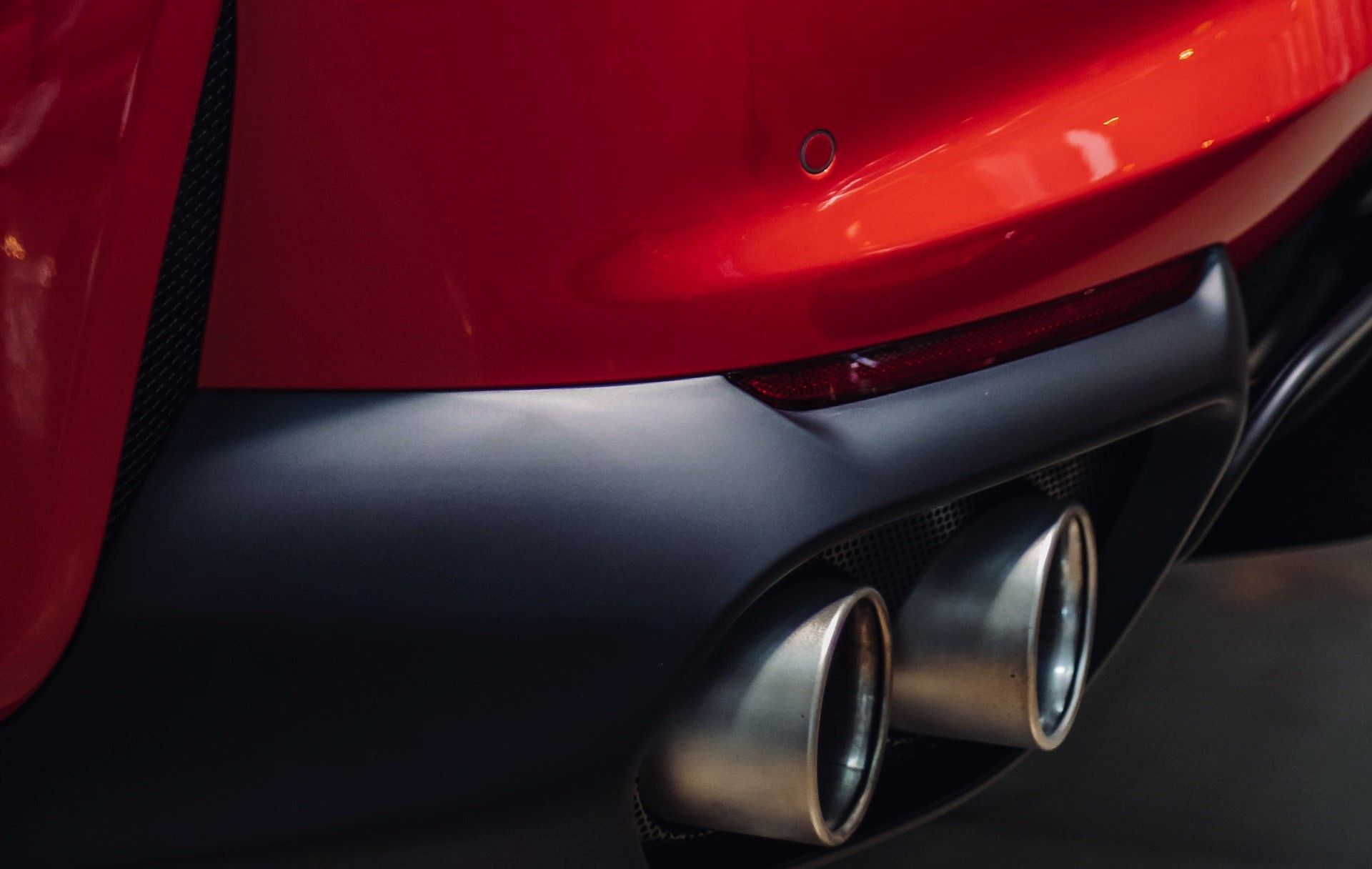Body armour hasn’t been so important since the Middle Ages. Police officers routinely wear anti-stab vests, security guards are well protected, and soldiers are issued assault body armour as standard issue.
This is in large part due to the technological advances that have made bullet-proofing more effective, while also reducing body armour weight and bulk. This includes both hard body armour reinforced with stiff metal, ceramic, or polymer plates, as well as soft body armour made of multiple layers of high-performance fabrics.

Here is a review of the key raw materials used in modern impact protective clothing, and how they:
1. Provide impact resistance against low-velocity impact (LVI) and HVI.
2. Improve energy absorption and force dissipation.
3. Maximise flexibility, comfort, and movement.
4. Reduce weight.
5. Keep costs low.
Ultra-High-Molecular-Weight Polyethylene
UHMWPE or (C2H4)n is a thermoplastic polyethylene with superb impact strength and energy dissipation properties.
It’s degree of polymerization (n) can be as high as 200,000, with an average molecular weight of up to 6 million g/mol.
It is able to absorb large amounts of impact force due to its extremely long molecular chain structure which transfers energy to a molecular backbone through strong intermolecular interactions. Due to its high orientation in excess of 95% and a high crystallinity of up to 85%, UHMWPE is a popular choice of raw material for battlefield body armour.
Glass Fibres
Made from silica combined with mineral additives. Varied mixtures provide different classes of fibre, all having sought-after properties. These include:
· Chemically durable C-glass fibre.
· More rigid M-glass fibre.
· E-glass fibre with low electrical conductivity is widely used in reinforcing glass on military hardware.
· High strength S-glass fibre which has been in use for over 50 years.
Carbon Fibre
Alongside its use in ballistic protection, carbon fibre is popular in the manufacture of sports equipment, as well as the automobile and aviation industries.
It is versatile due to its high strength to weight ratio, combined with high chemical resistance, low thermal expansion, and high thermal stability.

Carbon fibre is stronger (x5) and stiffer (x2) than steel, yet weighs less. It is constructed from fibres with a typical diameter of only 5 to 10 μm.
While its brittle nature limits its uses in ballistics, it is often used in layers or applied in composites to improve compression resistance and structural integrity.
Para-Aramid Fibres
Aramid fibres are high-performance fibres with aromatic rings and amide linkages in the backbones.
They are a practical choice due to their high heat resistance (decomposes ∼400 °C) and specific strength.
A recent study published in the peer-reviewed journal Defence Technology explaining that, “They comprise highly oriented linear chains, hydrogen bonds in the molecular structures, and high crystallinity (76–95%). These characteristics lead to their tightly packed intermolecular structure and cohesive energy.”
Perhaps central to this raw material is the poly-para-phenylene terephthalamide made by DuPont under the trade name Kevlar (specifically Kevlar 29 and Kevlar 49).

Plant-based Fibres.
Raw materials extracted from plants - typically lignocellulosic fibres – are not very suitable for use in body armour as they lack sufficient impact strength and flexibility. However, they are still applied in some composites due to their sustainability, relatively low-cost, low-density, simple fabrication, and ease of recycling.
For this reason, materials such as flax, jute, sisal, bamboo, hemp, and ramie have all been studied as possible input materials.
“For example,” a 2022 study by the University of Georgia in America, found that, “curaua fiber, which has lower density (0.96 g/cm3) than aramid and glass fibers (1.44 g/cm3 and 2.58 g/cm3) and comparable specific tensile strength (∼2.2 GPa cm3/g) to aramid fibers (∼2.8 GPa cm3/g), showed promising ballistic properties when reinforced with epoxy and graphene oxide (GO).”
Other Fibres
While some research has been conducted on the ballistic capabilities of other materials, such as ceramic fibres, nylon, silk, boron fibres, high modulus polypropylene (HMPP fibre), metallic fibers, aromatic polyester, and polyhydroquinone-diimidazopyridine (PIPD) fibre, their application in conventional products remains relatively low.
However, of all the raw materials used in the manufacture of body armour, perhaps the most exciting are nanomaterials. With an exceptional strength to weight ratio combining with high flexibility, materials such as graphene and carbon nanotubes are revolutionising bullet-proof design.
Could nanomaterials even provide protection against hypervelocity impacts?
Such is the power of these materials that nanotechnology is at the heart of next generation body armour production. A technology that will make working on the front line of policing or in battle so much safer.
To find out more about nanotechnology’s influence on body armour and which nanomaterials are being researched most, read: Body Armour - The Nanotechnology.
Photo credit: Dan Galvani Sommavilla on Pexels, Галина Ласаева, Stephan Louis on Unsplash, & Mathias Reding
